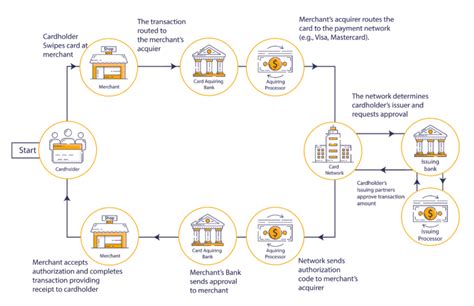The Dark Side of Cryptocurrency: Understanding the Impact of Transaction Fees on Your Profits
Cryptocurrency has revolutionized the way we think about transactions and financial transactions in general. With the rise of digital currencies like Bitcoin, Ethereum, and others, investors and traders have been able to take advantage of new investment opportunities that were previously unavailable.
However, one of the biggest challenges facing cryptocurrency investors is transaction fees. Transaction fees are the charges levied by cryptocurrency exchanges for processing transactions on the blockchain network. These fees can range from a few cents per transaction to hundreds of dollars per trade, making it difficult for beginners and experienced traders alike to make a profit in this space.
What Causes Transaction Fees?
Transaction fees are caused by several factors, including:
- Network congestion: When more transactions occur on the blockchain network than can be processed in real-time, fees become necessary to incentivize miners to validate new blocks of transactions.
- High computational power required: New blockchains require significant amounts of computing power to solve complex mathematical problems and create a valid chain of blocks. As the number of users increases, so does the computational power required, leading to higher transaction fees.
- Centralized exchange fees: When trading on centralized exchanges (CEX), fees can be higher than those charged by peer-to-peer exchanges (P2P).
- Exchange commissions: Some exchanges charge additional fees for services such as buying and selling, withdrawals, and deposits.
Impact of Transaction Fees on Profitability
Transaction fees have a significant impact on profitability in the cryptocurrency space. Here are some reasons why:
- Reducing profit margins: With transaction fees eating into your profits, it becomes increasingly difficult to make a profit even if you’re making a good return on investment.
- Increasing trading costs: Higher transaction fees can lead to increased trading costs, reducing the attractiveness of investing in cryptocurrency.
- Limited liquidity: Lower transaction fees can limit the number of trades that can be executed at once, further restricting liquidity and making it harder to trade cryptocurrencies.
How Transaction Fees Affect Different Trading Strategies
Transaction fees can impact various trading strategies, including:
- Long-term investing: Investors who hold onto their coins for extended periods may need to accept higher transaction fees.
- Day trading: Short-term traders often aim to take advantage of market fluctuations and may be less affected by high transaction fees.
- Speculative trading: Traders who engage in speculative activities, such as buying low and selling high, may find it harder to make a profit due to the higher costs associated with transaction fees.
Reducing Transaction Fees
To mitigate the impact of transaction fees on your profits, consider the following strategies:
- Choose an exchange with low or no fees: Select an exchange that charges competitive fees for buying and selling cryptocurrencies.
- Consider using a cryptocurrency wallet

: Cryptocurrency wallets can help reduce transaction fees by allowing you to transfer coins directly between accounts without involving the network.
Conclusion
Transaction fees are a significant obstacle in the cryptocurrency space, affecting profitability and trading strategies. By understanding the causes of transaction fees and how they impact different trading strategies, investors and traders can make informed decisions about their investments.











